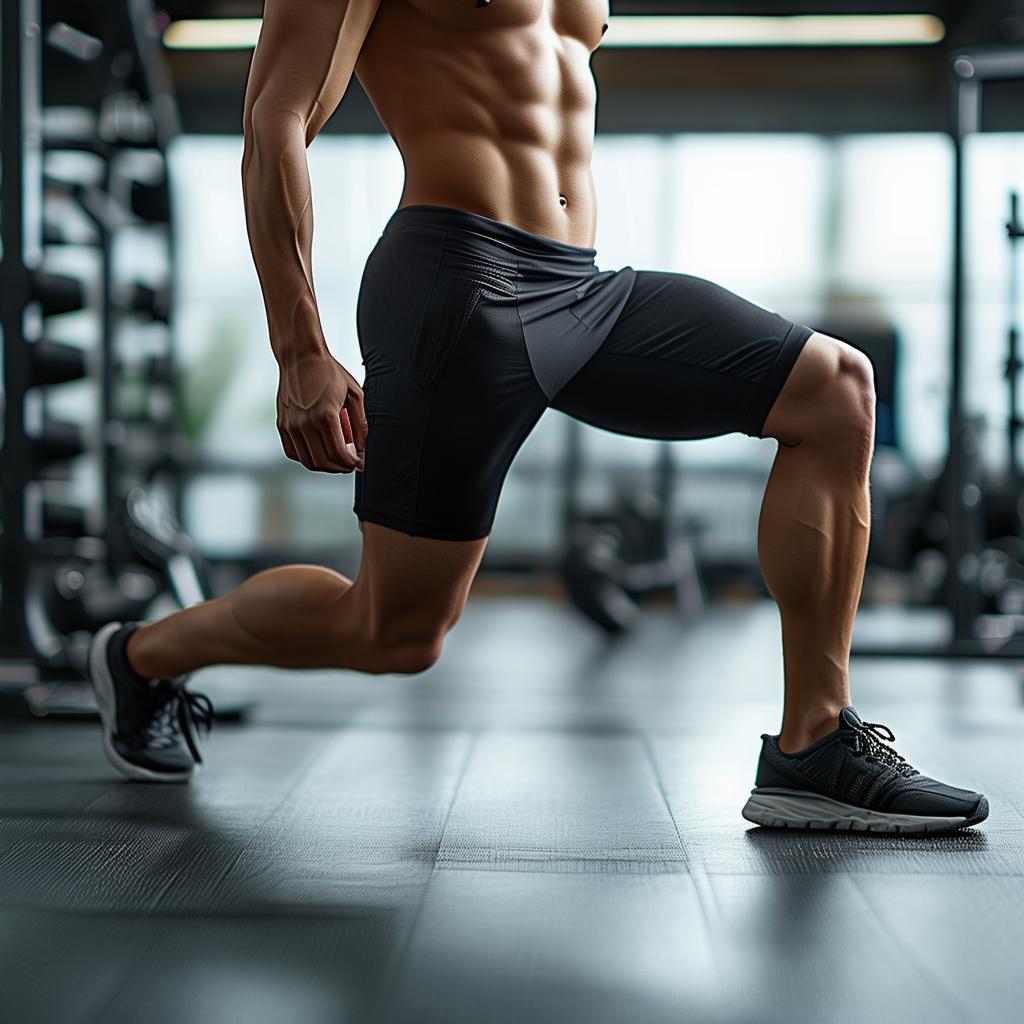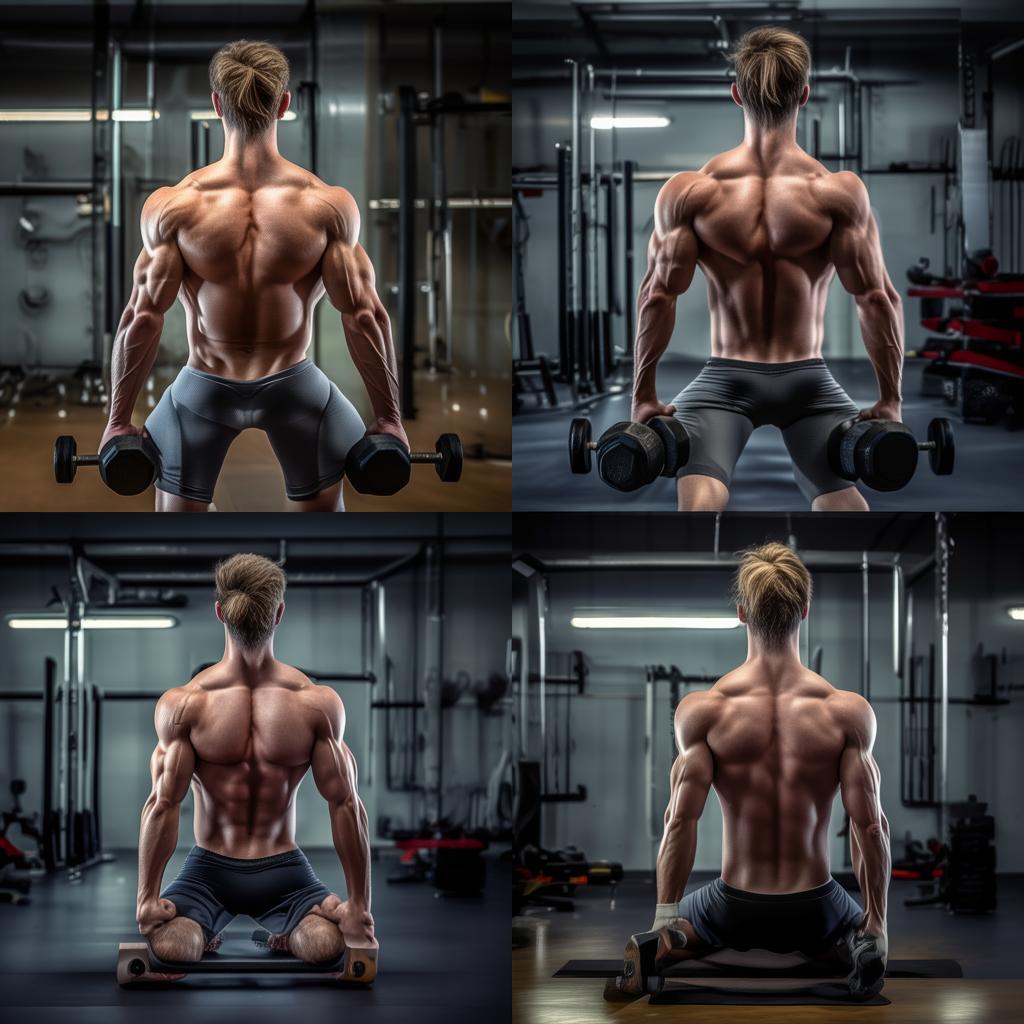The Significance of Lunge in Running – Enthusiast Training
Nowadays, running has become a popular choice for weight – loss and body – shaping among many people. For those who love running, the lunge is a crucial movement during certain exercises. Compared with the squat, the lunge is more similar to running, making it a unique training method.
When performing a lunge, it’s essential to place the body’s weight on the core muscles to prevent the body from losing balance and swaying from side to side. This action not only helps regulate the body’s balance but also improves body coordination, enabling better exercise of muscles in various parts of the body.
Well – developed legs and hips can reduce the risk of knee injuries. Since the knees are most likely to be injured during running, stronger muscles mean a much lower chance of injury.
The Advantages of the Lunge Movement
The lunge is an asymmetrical movement that requires crossing the legs. It is more effective than the squat. Friends who don’t believe can give it a try. The lunge can enhance your balance and make your body more flexible. Moreover, this action can be practiced without any fitness equipment and in any place, which is extremely convenient. If you want to improve your physical condition, in addition to running training, appropriate strength training is also necessary.
The lunge has a variety of variations, so you won’t feel bored. Unlike most repetitive movements, the lunge is always changing. Here are some extensions of the lunge that you can practice at home without equipment.
Variations of the Lunge
1. Straddle Lunge
This action mainly exercises the hips and the inner thighs. To perform this action, first stand with your feet together and your hands on both sides of your hips. Then, bend one leg forward and lunge. Pay attention to mastering the movement of the hip joint, keeping the bent leg parallel to the ground. Rely on the power of the front leg to push the body upward. After the body recovers, switch to the other side to perform the action.
2. Slant Back Lunge
This action has the same exercise area as the straddle lunge. Its advantage is that it can also increase the degree of hip rotation. Stand straight with your feet together and your hands naturally on both sides of your hips. Take a big step with your right leg to the left position, bend your knee and squat, keeping the front – side thigh parallel to the ground. Return to the original position and then switch to the other side, repeating this process.
3. Lunge Walking
The advantage of lunge walking is that it can not only activate the body’s core but also stretch the hip joint. Let your hands naturally hang on the sides of your body. Then, take a step forward with your right leg, put your left knee on the ground, keep your back straight, and lower your hips when bending your knee. Push up with your right leg and push your left leg forward. Practice by exchanging sides, and the effect is very good.
Training Tips for the Lunge
Overall, the lunge is one of the most practical running training methods. Although it may not seem like a very important movement at first glance, it is highly practical. If you can practice it diligently in your free time, the effect will definitely surprise you.
No matter what kind of training it is, it’s important to proceed step – by – step, and the lunge is no exception. At the beginning, it’s best to do a moderate amount within your own strength range, so that it has a certain degree of difficulty, and then gradually increase the difficulty. When you increase the number of lunges to 100, although your body may not sweat a lot, you will still feel a sense of breathlessness. If you are a running enthusiast, you might as well practice the lunge in your spare time, and you will surely be pleasantly surprised by the results.





